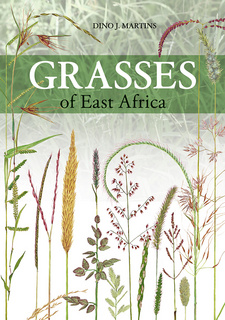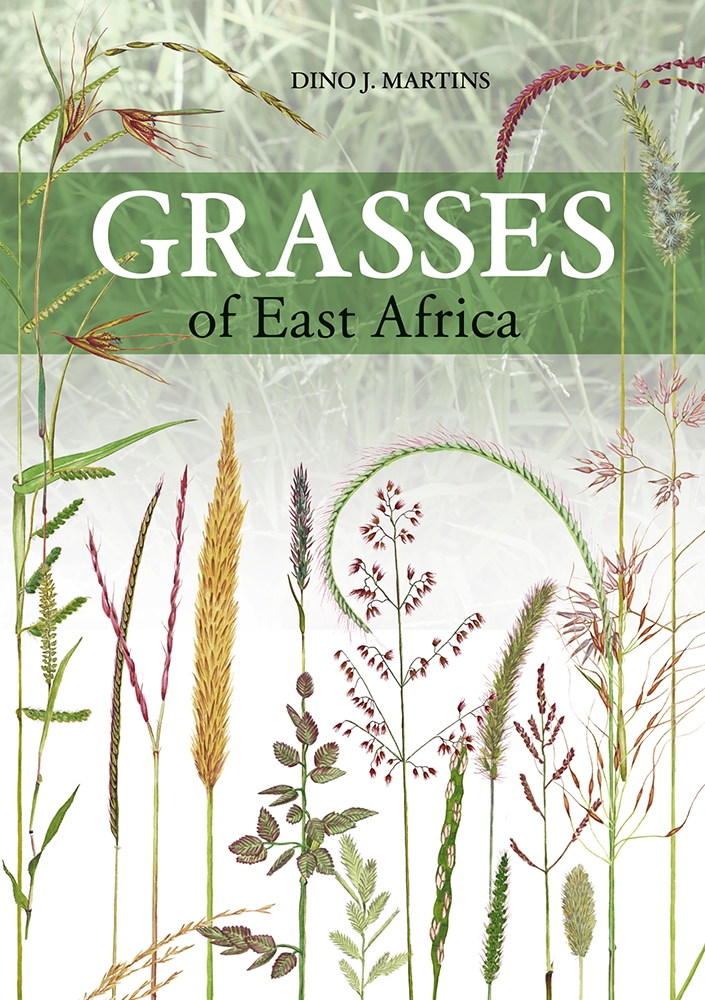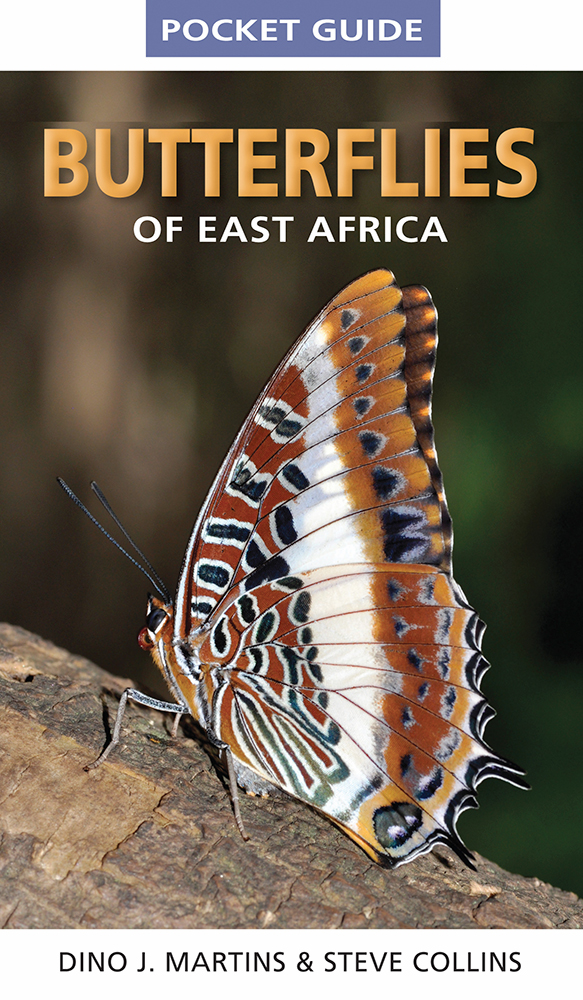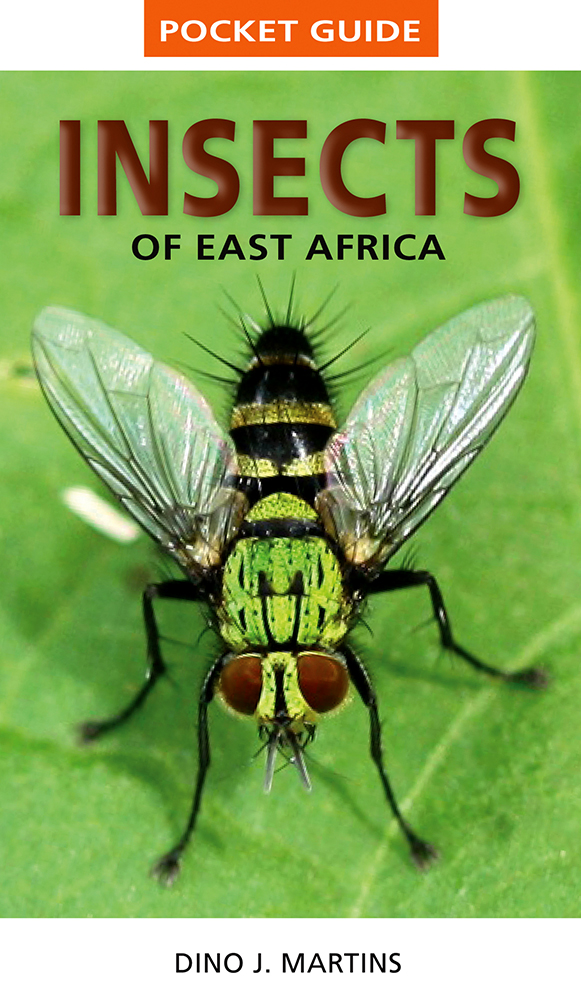Grasses of East Africa, by Dino Martins

Grasses of East Africa, by Dino Martins. Penguin Random House South Africa. Imprint: Struik Nature. Cape Town, South Africa 2022. ISBN 9781775845485 / ISBN 978-1-77-584548-5
In order to understand how to use this guide, Grasses of East Africa by Dino Martins, please note the features of species descriptions.
Common name: Gives English common name where possible, as it may be confusing for non-scientists to decipher scientific names. Common names can vary depending on where they are used, and some of the grasses have different common names in other regions. The common names presented are the English ones most widely used in East Africa.
Scientific name: Gives the species name. Where necessary, older scientific names are provided in parentheses.
Description: Presents the main features of the grass, including its size, colour, shape and any other distinctive characteristics that may aid identification. These descriptions are meant to be broad guidelines only; many grasses are highly variable, depending on the local conditions where they grow. This book focuses on the inflorescence and spikelet for identification, as these are the most easily observed features. Observe them closely as they will help you to tell the grasses apart.
Distribution & Habitat: Indicates where a grass is found and in which habitat it occurs. An altitude range indicates where the grass grows best and, where relevant, the kinds of soil in which it grows.
Ecology & Uses: Gives general ecological and natural history information and describes a grass's significance for grazing, or which mammals, birds or insects make use of it. For grasses that are used in fodder, or in other practical ways, these details are also provided.
Spikelet measurement: Provides length of spikelet in millimetres and excludes the variable length of the awns.
Illustrations and labels: Highlight notable features. Spikelet illustrations have been reproduced to make the small elements visible to the reader, they are not to scale.
INTRODUCTION
[...] Human beings and grasses have a long and complex history of association. A few million years ago, as Africa became more arid, grasslands replaced the earlier forest habitats. The grasses diversified and spread across the continent to create open habitats that filled with vast herds of grazing animals reliant on the nutritious leaves and stems that made up these new pasturelands. These factors - the opening of the landscape, the ready availability of grass, and the abundance of grazers - created the conditions for our hominid ancestors to evolve from the primates and to move across the landscape. With their ability to walk on two legs, hominids could advance more efficiently across the grasslands than their animal counterparts and could take advantage of the plentiful prey. Their rich diet, obtained from scavenging and preying on herbivores, would not have been possible without the grasses. The savannas of Africa are where our human lineage was born. Grasses are one of the world's most familiar plants, yet they are also - paradoxically - one of the most overlooked. When we feel those soft grasses underfoot it is difficult to believe that these humble yet tenacious plants formed the foundation of a food web that supported our early ancestors. In many different ways, grasses are still tied to our success as a species. The grasses are grouped together in a single plant family, the Poaceae (formerly called the Gramineae). Grasses are monocotyledenous - part of the 'monocots' - along with lilies, orchids and palms. These plants make up a quarter of all known plant diversity on the planet. Monocots are flowering plants that share a number of characteristics, including seeds (embryos) with a single cotyledon (the first leaf to emerge from inside the seed when it germinates); distinctive parallel venation in the leaves; and flower parts arranged in multiples of three. [...]
This is an excerpt from Grasses of East Africa, by Dino Martins.
Title: Grasses of East Africa
Author: Dino Martins
Publisher: Penguin Random House South Africa
Imprint: Struik Nature
Cape Town, South Africa 2022
ISBN 9781775845485 / ISBN 978-1-77-584548-5
Softcover, 15 x 21 cm, 232 pages, throughout colour photos
Martins, Dino im Namibiana-Buchangebot
Pocket Guide: Butterflies of East Africa
This pocket guide to butterflies of East Africa should prove invaluable to beginners andmore experienced butterfly enthusiasts alike.
Pocket Guide: Insects of East Africa
Compact and easy-to-use, Pocket Guide: Insects of East Africa features more than 400 insect groups found in Uganda, Kenya, Tanzania, Rwanda and Burundi.



